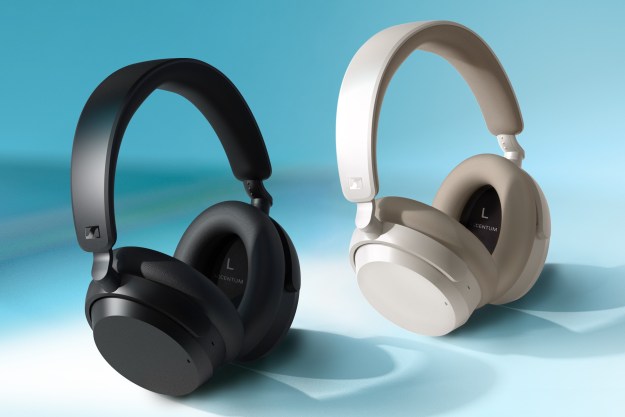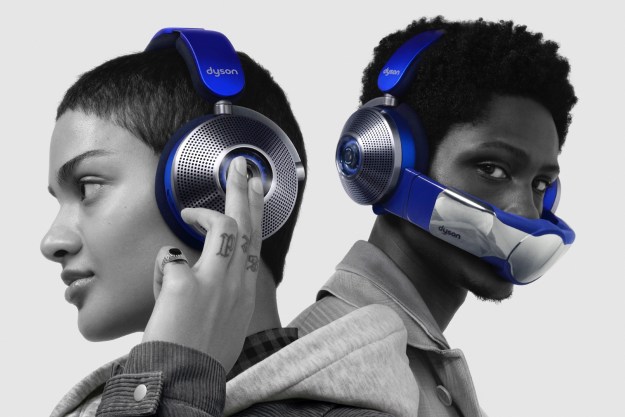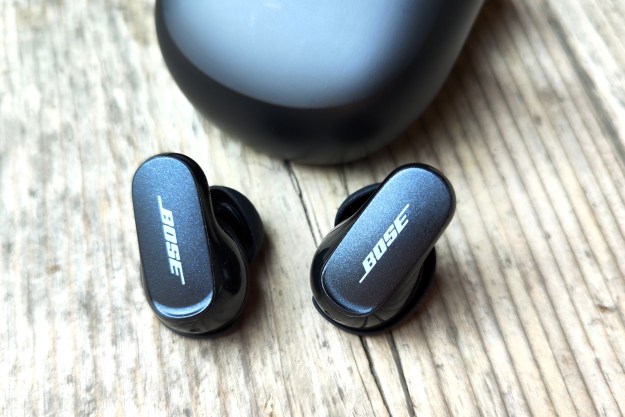Urbanista’s $199 Los Angeles wireless headphones are now available for pre-order, marking the first time a company has successfully produced a set of headphones that can be recharged using just light. The Los Angeles’ headband uses Exeger’s Powerfoyle solar cell material to collect light from the sun or indoor light sources, giving the headphones what Urbanista refers to as “virtually unlimited playtime.” Pre-orders are expected to start shipping by the end of July, and Urbanista is offering a free headphone stand to those who get their pre-orders in before that date.
The Los Angeles come in two colors: Midnight Black and Sand Gold. The

How effective is the Los Angeles’ solar charging? As you might expect, it can vary greatly depending on the amount of light they’re exposed to. An hour of exposure to direct sunlight should generate enough electricity for three hours of playing time, Urbanista claims, but that drops to only two hours if conditions are overcast.
In an interview with Wired.com, Exeger CEO Giovanni Fili explained that its Powerfoyle solar material isn’t as efficient as traditional solar panels when it comes to direct sunlight, but it has an edge when lighting conditions are less than perfect. “[…] it is far more efficient at harvesting light energy at lower levels, the kind you get indoors, or on public transport. That means it’s able to generate up to 100% more power than flexible amorphous silicon, depending on light conditions.”
The biggest benefit is that the Los Angeles should even be able to absorb energy in lowlight conditions like the interior of an airplane cabin. “If you have zero light from the windows. just the cabin light, that is very low, probably the lowest you will have anywhere,” Fili told Wired. “But if you average 2,000 lux over an 18-hour flight, which I think would be reasonable, then you need about eight hours to gain an hour back.”
Given that the Los Angeles have a built-in battery with a claimed 80-hour capacity, it’s entirely conceivable that you could go for weeks or longer without needing to plug them into a power source.
Stockholm-based Urbanista isn’t the first company to try the solar-powered route for headphones. In 2019, JBL created a crowdfunded project for its Reflect Eternal solar-powered headphones that also use Exeger’s Powerfoyle material. But despite a successfully completed campaign, JBL elected in March 2021 to cancel the project and told its backers they would be receiving a refund, thus leaving Urbanista as the lone player in this new market.
Editors' Recommendations
- Sony WH-1000XM6: the design and features we want Sony’s next headphones to deliver
- JBL upgrades its 2024 wireless headphones with massive battery life
- 7 things Sonos’ first headphones will need to get right
- The most innovative headphones and earbuds of 2023
- Dali says its latest wireless headphones achieve electrostatic levels of clarity




